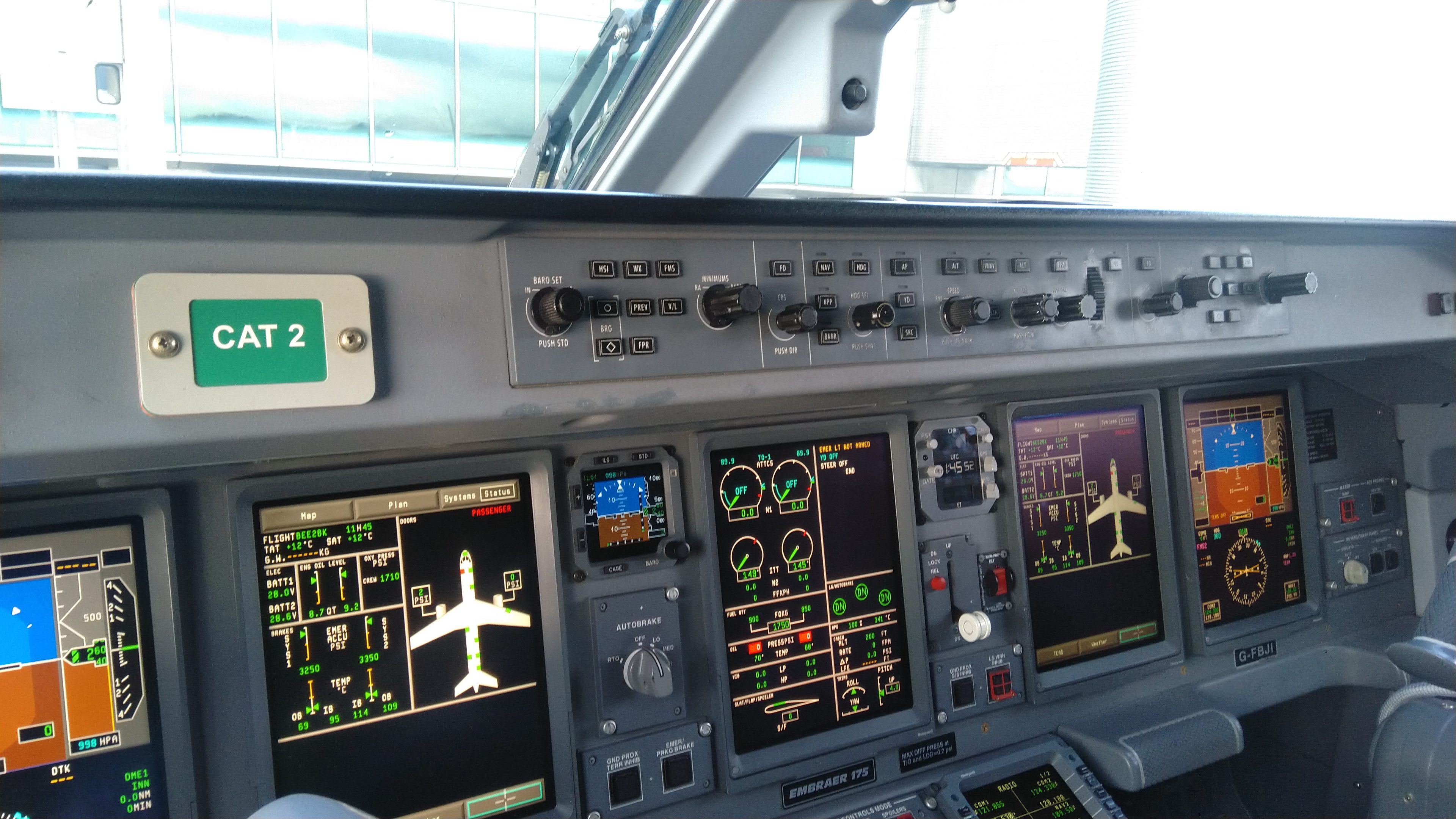The aviation industry emerged from the pandemic with a renewed vigour with a surge in travel demand, coupled with supply chain disruptions and engine reliability issues, has created less transitions and more lease extensions.
The Post-Pandemic Boom and the Scramble for Capacity
Many airlines are scrambling to meet the resurgent demand and supply chains have delayed the delivery of new aircraft with reliability issues, leaving airlines hungry for available assets. This has led to a surge in lease extensions and a fierce competition for aircraft on the secondary market, driving up lease rates in the process.
Engine Woes: A Spanner in the Works
Adding to the complexity, several engine models have faced reliability issues in recent years. Pratt & Whitney’s PW1100G and CFM LEAP engines on the Airbus A320neo family, have further issues and even the Airbus A330neo, initially hailed as a reliable workhorse, has experienced setbacks with its Rolls-Royce Trent 7000 engines, requiring additional maintenance and inspections and much reduced service time on wing – these engine woes have disrupted airline operations, forced costly repairs with extended downtime.
Looking Ahead: Navigating the Turbulence
Lessors and lessees who can navigate the complexities of the current market, anticipate potential risks, and forge strong partnerships will be well-positioned to weather the storm and emerge stronger on the other side – this includes foresight and good lease negotiation for the tomorrows and not only focussing on the today.
Stay Informed, Stay Ahead
Our comprehensive training courses and industry insights equip aviation professionals with the knowledge and skills they need to thrive in this ever-evolving landscape.
Don’t just be a part of the aviation industry – become a driving force behind its success, why not consider our courses to learn more follow us on LinkedIn
